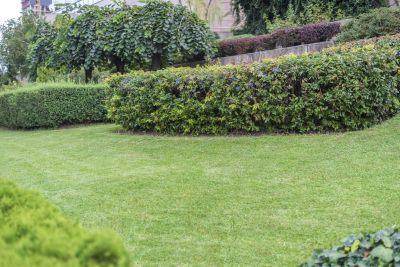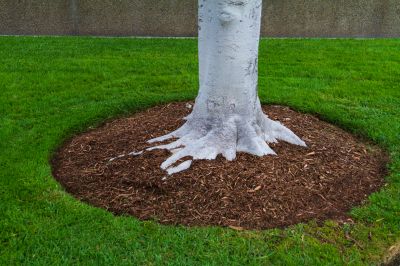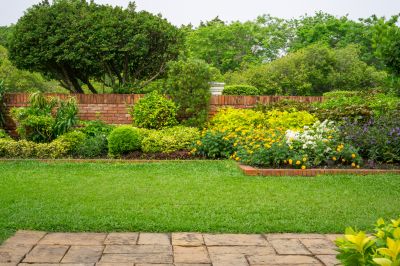Benefits of Lawn Seeding Service
- 1. Improved Grass Density
- 2. Enhanced Lawn Health
- 3. Weed Suppression
- 4. Enhanced Pest Resistance
- 5. Drought Tolerance
- 6. Cost-Effective Lawn Care
1. Improved Grass Density
Lawn seeding service significantly improves the density of your grass, filling in bare spots and creating a lush, green lawn. This results in a more visually appealing and healthy lawn.
2. Enhanced Lawn Health
Seeded lawns tend to be healthier overall. With the introduction of new, robust grass varieties, your lawn becomes better equipped to resist diseases and recover from damage.
3. Weed Suppression
A thick, well-seeded lawn naturally suppresses weeds. As your grass becomes denser, it leaves less room for weeds to take root, reducing the need for herbicides.
4. Enhanced Pest Resistance
Healthy, well-seeded lawns are more resilient to pest infestations. By improving the overall health of your lawn, seeding helps deter common lawn pests.
5. Drought Tolerance
Seeded lawns often have deeper and more robust root systems, providing increased drought tolerance. This means your lawn can stay green even during dry spells with less watering.
6. Cost-Effective Lawn Care
Compared to other lawn renovation methods, lawn seeding is a cost-effective way to achieve a healthier, more attractive lawn. It reduces the need for frequent sodding or complete lawn replacement.
Frequently Asked Questions
1. When is the best time to seed my lawn?
The optimal time for lawn seeding depends on your location and climate. However, early fall is generally considered the best time for most regions, as it allows new grass to establish before winter.
2. Can I seed my lawn myself, or should I hire a professional?
You can seed your lawn yourself if you have the time and expertise, but hiring a professional service ensures proper seed selection, soil preparation, and consistent results.
3. How long does it take to see results from lawn seeding?
The time it takes to see results varies depending on factors like grass type, weather, and care. In general, you can expect to see noticeable improvement in a few weeks to a couple of months.
4. What should I do after my lawn is seeded?
After seeding, it's important to keep the soil consistently moist until the new grass is established. Avoid heavy foot traffic during this period to allow the grass to grow undisturbed.
5. Can I seed my lawn if I already have existing grass?
Yes, you can seed your lawn even if you have existing grass. This process, known as overseeding, helps rejuvenate your lawn by introducing new grass varieties and improving density.




